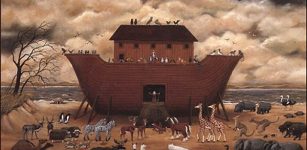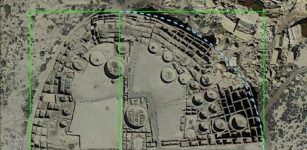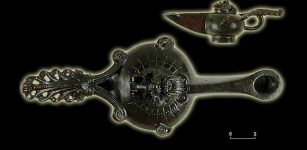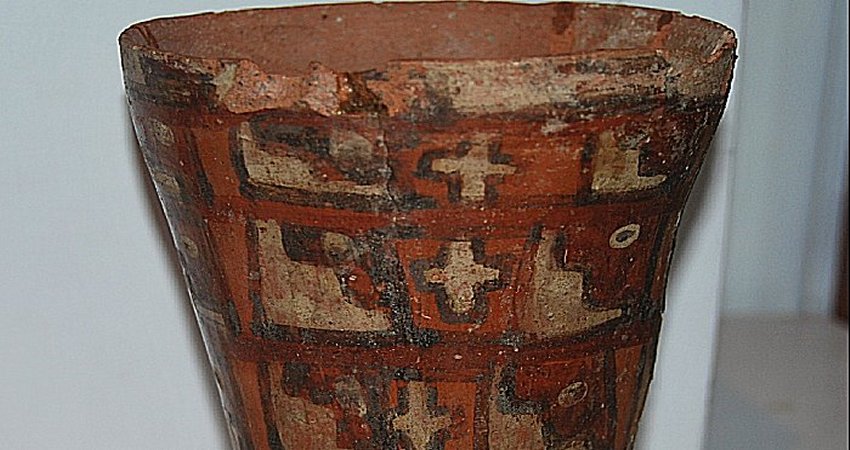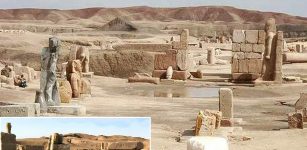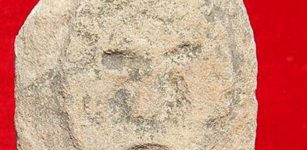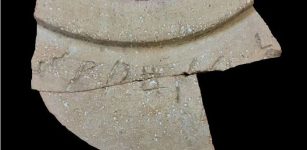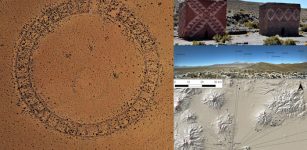500-Year-Old Vaishnava Saint Sculptures Discovered
MessageToEagle.com – In the history of Indian spirituality the most important scriptural sources are Vaishnava sacred texts – The Mahabharata (including Bhagavad-gita), The Ramayana, and the The Srimad Bhagavatam. There are several ancient, time-tested linages of Vaishnava saints that focus and expound on the teachings of these Bhakti related texts.
Vaishnavism is a tradition, commonly understood as a branch of Hinduism, which holds reverence and devotion for Vishnu or Krishna as the highest manifestation of divinity and the source of all existence.
Now, a team of archaeologists has discovered two Vaishnava saint sculptures (also called Vamana Avathar sculptures), both around 500 years old with identical carvings on the stones, at Pongalur (the one in Avinashi taluk) and Nariyampallipudur situated seven km apart in the district.

“During those era, Vaishanava mutts or monastic establishments used to give away land to the people in Kongu region as ‘grants’ for farming activities and collect tax from the agricultural revenue.
The amounts thus collected are used for renovation of temples, lightning of lamps during temple festivals in the region.
When giving away lands, these monastic establishments used to place sculptures of gods/saints to denote that the expanse was given as ‘grant’ and also for the people to worship the same for soil fertility,” S. Ravikumar, one of the members of Virarajendran Archaeological and Historical Research Centre which discovered the sculptures, told The Hindu .
In both the sculptures, Vamana holds holy pot with water on right hand (kamandalam) and the left hand has the umbrella. Both the sculptures have the emblems of sun and moon.
See also:
- Mystery Of 1,000 Ancient Carved Shiva Lingas Discovered In India And Cambodia
- Enormous 5,000-Year-Old Harappan Stepwell Discovered In Kutch, India
- Ajanta Caves: Incredible Accomplishment Of India’s Ancient Stonecutters
“History books point out that the sun and moon are symbolically carved out in that era to tell the villagers that the land given as grants should be used only for the purpose meant till sun and moon exists,” pointed out C. M. Ramesh Kumar, another member of the team.
When spoke to some villagers in both the places, they were not aware of the historical importance of the stones.
“We thought that it as a stone kept to mark the boundary,” said M. Kanagraj, a farmer from Nariyampallipudur on whose farm border lays one of the sculptures.
MessageToEagle.com via AncientPages.com
source: The Hindu

